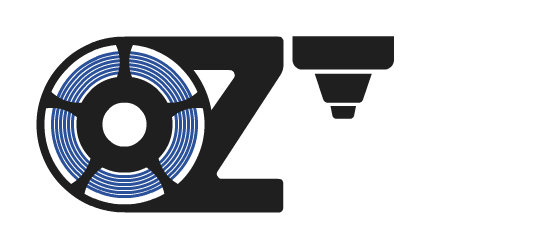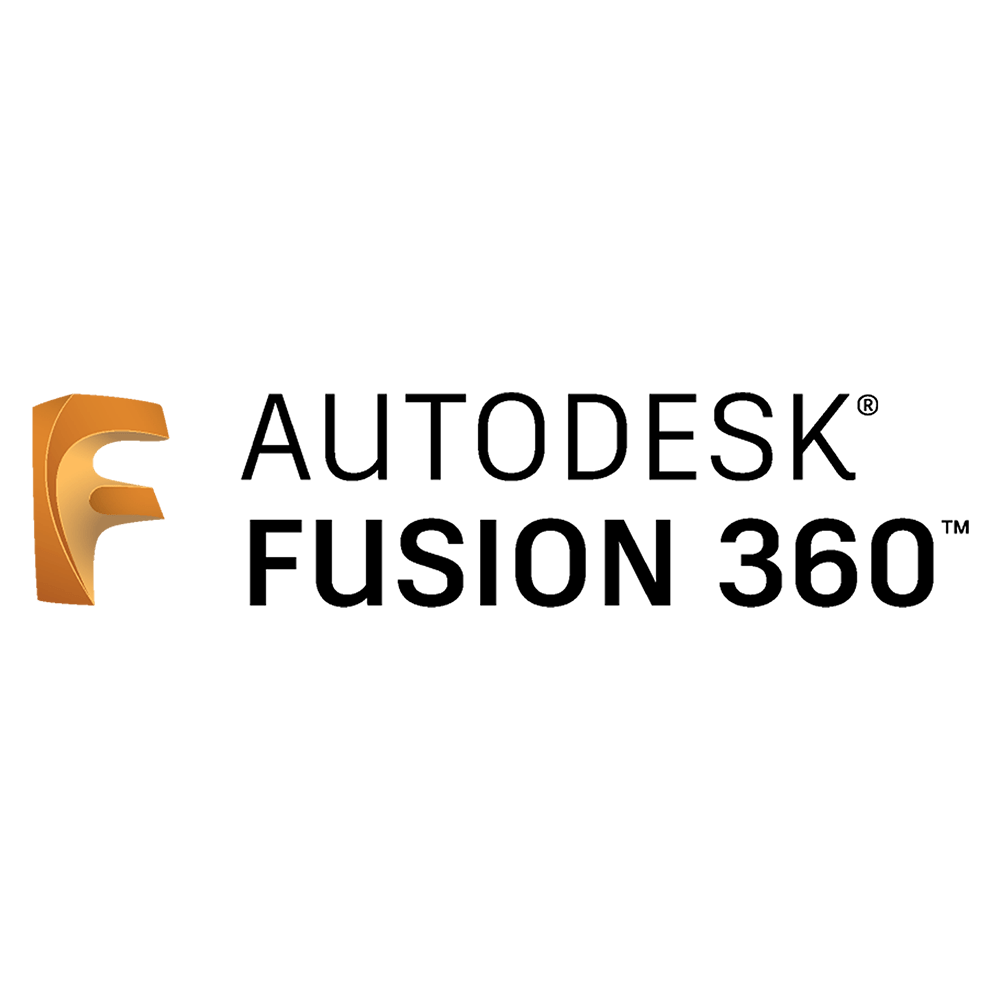
Which filament type should I use for my project ?
What are the different types of filaments available for 3D printing?
When it comes to 3D printing, choosing the right filament is crucial for achieving the desired results. There are several types of filaments available in the market, each with its own unique properties and applications. Some of the commonly used filaments include PLA, PETG, ASA, ABS, Polycarbonate (PC), and Nylon (PA).
When should you use PLA?
PLA (Polylactic Acid) is one of the most popular filaments used in 3D printing. It is a biodegradable* and environmentally friendly material that is derived from renewable resources such as cornstarch or sugarcane. PLA is easy to print with and offers good dimensional accuracy. It is ideal for printing prototypes, decorative items, and models that do not require high strength or heat resistance.
When should you use PETG?
PETG (Polyethylene Terephthalate Glycol) is a durable and versatile filament that combines the strength of ABS with the ease of printing of PLA. It has excellent layer adhesion, low shrinkage, and good impact resistance. PETG is suitable for a wide range of applications, including functional prototypes, mechanical parts, and objects that require flexibility and durability.
When should you use ASA?
ASA (Acrylonitrile Styrene Acrylate) is a weather-resistant filament that offers excellent UV stability and heat resistance. It is commonly used for outdoor applications, such as signage, automotive parts, and functional prototypes that need to withstand harsh weather conditions.
When should you use ABS?
ABS (Acrylonitrile Butadiene Styrene) is a strong and impact-resistant filament that is widely used in 3D printing. It has good heat resistance and can be easily post-processed using techniques like sanding and vapour smoothing. ABS is suitable for functional parts, mechanical components, and objects that require high strength and durability.
When should you use Polycarbonate (PC)?
Polycarbonate is a tough and heat-resistant filament that offers excellent mechanical properties. It has high impact strength, good optical clarity, and can withstand high temperatures. Polycarbonate is commonly used for engineering applications, such as automotive parts, electrical components, and protective gear.
When should you use Nylon (PA)?
Nylon is a strong and flexible filament that is known for its high tensile strength and durability. It has low friction properties and is resistant to wear and tear. Nylon is suitable for functional parts, gears, bearings, and applications that require high strength and flexibility.
Which filaments are UV stable?
When it comes to UV stability, ASA is the most suitable filament. This filament is resistant to UV radiation and can withstand prolonged exposure to sunlight without significant degradation.
Which filament is best for printing vases?
For printing vases, PLA is the most commonly used filament. PLA offers good dimensional accuracy, excellent surface finish, and is available in a wide range of colors. It is also easy to print with and does not require a heated bed. For better water and chemical resistance we also recommend PETG, if you want to fill the vase with water.
Which filament is best for printing cosplay items?
When it comes to printing cosplay items, PLA and ABS are the most popular choices. PLA is easy to print with, offers good detail resolution, and is available in a variety of colors. ABS, on the other hand, offers higher strength and durability, making it suitable for larger and more complex cosplay props.
Choosing the right filament for your 3D printing projects is essential for achieving the desired results. Consider the specific requirements of your project, such as strength, flexibility, heat resistance, and UV stability, before selecting the appropriate filament. Experimenting with different filaments can help you discover new possibilities and push the boundaries of your 3D printing capabilities.
*Biodegradable under commercial compost conditions.



Leave a comment
This site is protected by hCaptcha and the hCaptcha Privacy Policy and Terms of Service apply.